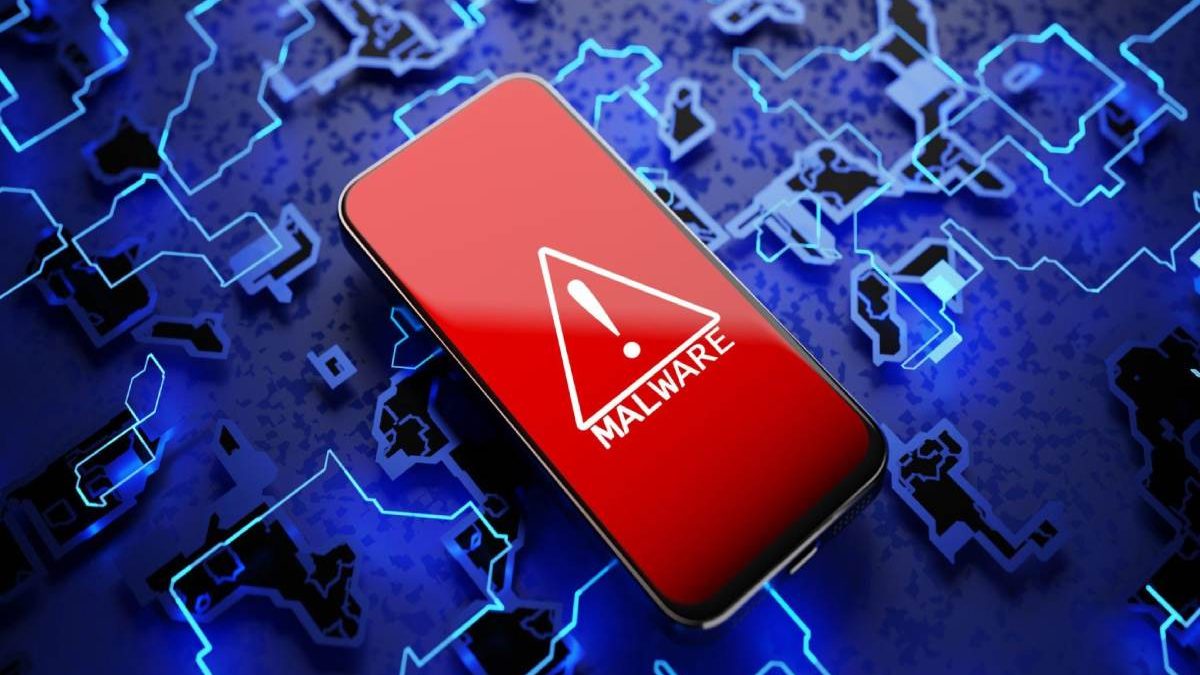What is Clickless Malware, And How Do Clickless Attacks Work? = In recent years, clickless attacks have occasionally come to the fore. As the name suggests, clickless attacks require no action on the victim’s part: even the most advanced users can fall prey to severe cyber hacks and spyware tools.
Clickless attacks often have specific targets and use sophisticated tactics. They can have devastating consequences without the target knowing something is wrong in the background. “clickless attacks” and “clickless exploits” are often used interchangeably. They are also sometimes called zero-interaction attacks or fully remote attacks.
Table of Contents
What is Clickless Malware?
Traditionally, spyware requires convincing the targeted user to click on a compromised link or file installed on their phone, tablet, or computer. However, the software can be installed on a device without the victim clicking any links in a clickless attack. As a result, no-click or zero-click malware is much more dangerous.
The reduced interaction in clickless attacks means fewer traces of malicious activity. Add to this the fact that the vulnerabilities exploited by cybercriminals for clickless attacks are often rare, and attackers value them especially.
Even the most basic no-click attacks leave few traces, making detecting them extremely difficult. Additionally, the same features that make the software more secure can often make clickless attacks harder to see. No-click hacks have been around for years, and the problem has become more widespread due to the increasing use of smartphones, which store an abundance of personal data. As people and organizations become more dependent on mobile devices, the need to be informed of vulnerabilities without clicks is more significant than ever.
How Does a Clickless Attack Work? –
Clickless Malware?
A remote infection of a targeted mobile device typically requires some social engineering, whereby the user clicks on a malicious link or installs a malicious app to provide an entry point for the attacker. This is not the case with clickless attacks, which completely bypass the need for social engineering.
A no-click hack exploits flaws in your device and uses a data verification loophole to break into your system. Much of the software uses fact-checking processes to keep cybersecurity incidents at bay. However, persistent zero-day vulnerabilities have yet to be patched, which provide potentially lucrative targets for cybercriminals. Sophisticated hackers can take advantage of these zero-day vulnerabilities to launch cyberattacks, which can be implemented without any action from you.
Clickless attacks often target applications that provide voice messages or calls, as these services are designed to receive and interpret data from unreliable sources. Attackers typically use specially crafted data, such as a hidden text message or file image, to inject code that compromises the device.
A Hypothetical Clickless Attack Typically Works as Follows:
Cybercriminals identify openness in the mail or Whatsapp messaging.
They exploit the susceptibility by sending a carefully crafted message to the target.
The vulnerability allows malicious entities to infect the device using memory-intensive emails remotely.
The hacker’s email, message, or call doesn’t necessarily stay on the device.
As a result of the bout, cybercriminals can read, edit, filter, or delete messages.
The hack can be a run of network packets, authentication requests, text messages, MMS, voice mail, video conference sessions, phone calls, or messages sent via Skype, Telegram, WhatsApp, etc. All of these elements can exploit a vulnerability in the code of an application whose job is to process data. Because messaging apps allow people to be identified by their phone numbers, which can be easily located, they can be an obvious target for political entities and commercial hacking operations.
The specifics of each clickless attack will vary depending on the exploited vulnerability. A key trait of clickless hacks is their ability to leave no trace, which makes them difficult to detect. It is difficult to identify who is using them and for what reason. However, intelligence agencies worldwide are reported to use them to intercept messages from suspected criminals and terrorists and monitor their location.
How to Protect Yourself from Clickless Exploits –
Clickless Malware?
Since no-click attacks aren’t based on victim interactions, there’s not much you can do to protect yourself from them. Although this is a daunting idea, it is essential to remember that these attacks often target specific victims for espionage or financial gain.
However, practicing essential cyber protection habits will help maximize your safety online. Sensible steps you can take include the following:
- Keep the operating system, firmware, and applications up to date on all your devices when requested.
- Download apps only from official stores.
- Delete apps you no longer use.
- Avoid ” jailbreaking ” or “rooting” your phone, for example this removes the protection provided by Apple and Google.
- Use your device’s password protection.
- Use strong authentication to access accounts, especially on critical networks.
- Use strong passwords that are long and unique.
- Back up your systems frequently. Systems can be restored in the event of ransomware, and having a current backup of all data speeds up the recovery process.
- Activate pop-up blockers or prevent them from appearing by adjusting your browser settings. Scammers often use pop-ups to spread malware.
Using a complete antivirus will also help keep you safe online. Kaspersky Total Security provides 24/7 protection against hackers, viruses, and malware. Plus, payment protection and privacy tools protect you from every angle. Kaspersky Internet Security for Android will also protect your Android devices.
Related posts
Featured Posts
Windows – Brief Explanation
What is Windows? Windows, MS Win, or Microsoft Windows is a family of operating systems for personal computers, smartphones, and…
Technology – Brief Explanation
Introduction “Technology” comes from the Greek word and means art, craft, or skill. Therefore, technology is not a thing but…



